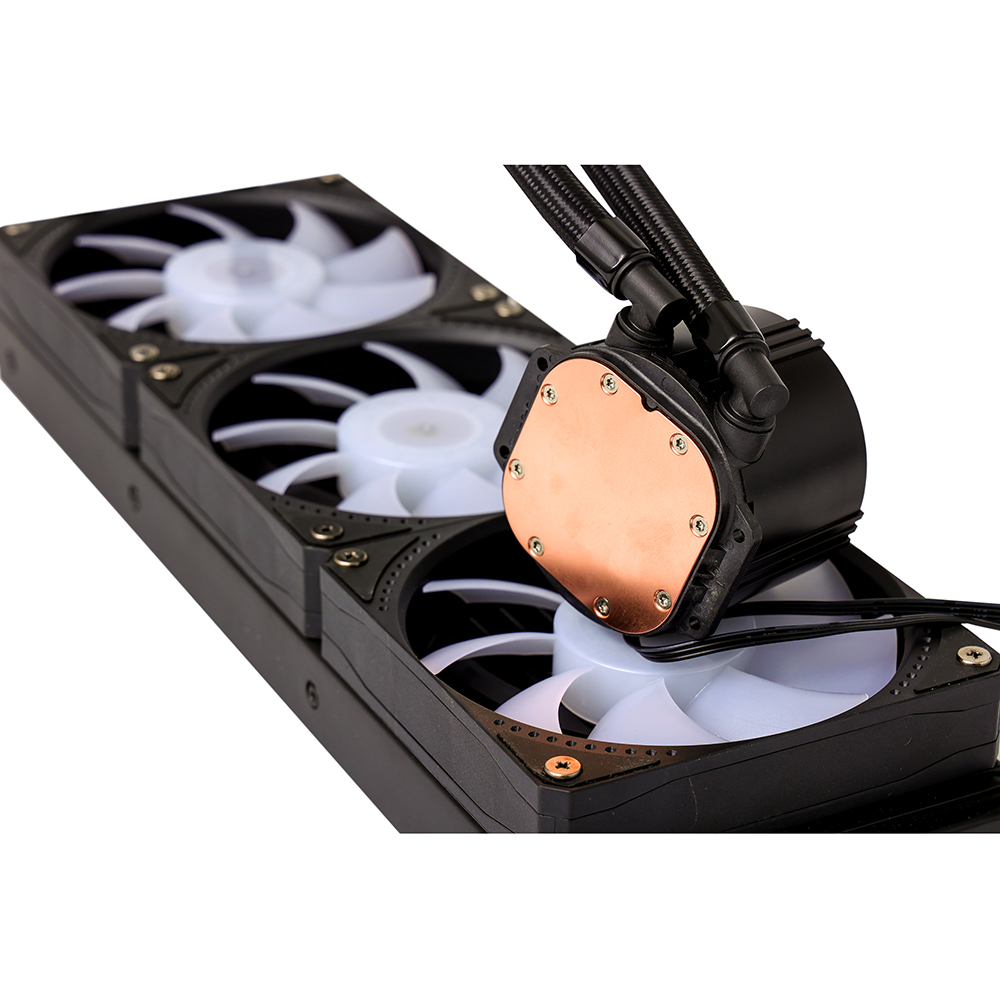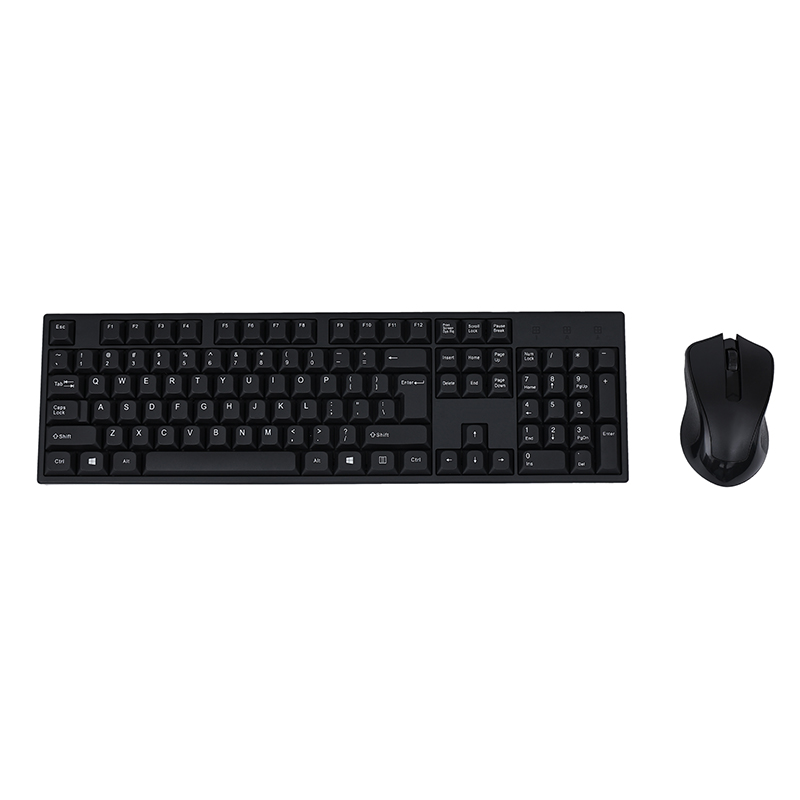Free up your space with these tiny machines that pack some real power.
Gear-obsessed editors choose every product we review. We may earn commission if you buy from a link. Why Trust Us? Pc Case With Usb C

Mini PCs bridge the gap between laptops and desktop PCs—they’re portable enough to chuck into a backpack as you hot desk from home or work, and require less power (nevermind less cash) for modest energy savings and minimal noise.
They also take a fraction of the real estate a behemoth desktop tower would occupy, so they’re great for tiny offices or dorm rooms where space is a premium. Despite their diminutive size, the best mini PCs are surprisingly powerful, too, ideal for everyday word processing and web browsing, and even video streaming and light gaming.
Though they aren’t suitable for high-end computing, there’s a lot to love about the convenience of mini PCs. We’ve selected our favorite models to share in this buying guide, which includes expert advice on how to decide which is the best mini PC for you.
Whether for work, gaming, or web browsing, how you plan to use your mini PC should determine what specs to look out for. These include the machine’s processor, RAM, and storage. Ports are also especially important if you want the flexibility of connecting accessories and peripherals.
If you need a machine for processor-intensive tasks, such as triple-A gaming, video editing, or running simulations, you may be better served by a powerful desktop, dedicated gaming PC, or a spec’d out laptop that offers more power. That said, mini PCs are somewhat customizable: You have the option of adding a dedicated GPU to enhance gaming graphics power, for instance.
While it can be tempting to get the most compact machine, size can limit your processing power and flexibility, so it’s important to aim for that sweet spot between portability and performance. Mini computers vary from about the size of a hardcover book to slightly larger than a flash drive—so small you can slide it into your pocket.
Heat is another factor to ponder. The more processing power you use, the hotter your PC (of any size) will get. In smaller machines, this can compound the issue, since most mini PCs don’t have internal fans. Thankfully, you can usually upgrade with a fan, and some machines come with a heatsink function to keep your components cool. Heatsinks carry warm air away from important components and out of the computer, typically through a vent.
Like other desktop computers, most mini computers offer the ability to add components like additional RAM and memory or a graphics card. If you’re technically inclined, opt for a kit that lets you customize CPU, RAM, and storage. In such cases, make sure the available slots can accommodate your choices.
While most people prefer the simplicity of a ready-to-use mini PC, which comes with everything except a keyboard, mouse, and monitor, some are sold as barebones units for you to fill. These typically include only the case, power unit, processor, and motherboard. It’s up to you to buy and install the operating system, RAM, storage, and any other peripherals.
What you get in return is the freedom to incorporate your own components in your build and tinker to your heart’s content. While it’s often cheaper than a complete system, putting together a barebones PC can get complicated and should be reserved for confident hardware enthusiasts. We only recommend a few—most of the options on our list are ready to use out of the box.
We used our expertise in PCs and consumer tech to determine the best mini PCs on the market. While there are mini computers specifically designed for tinkerers to build desktop machines from scratch, we looked for computers that most people would be able to get up and running easily. We also looked for computers that are versatile enough for most everyday uses and opted not to include tiny computers suitable only for specific uses and not powerful enough to handle the needs of the average user.
Apple’s Mini M2 offers a modest upgrade over its predecessor, the M1. Even still, the base model is $100 cheaper than its older brother and offers around 10 to 20 percent more performance, thanks to its eight performance cores (the CPU component that accounts for how quickly it can execute tasks). The base M2 model is gorgeous to look at and powerful enough for most tasks, and for budget-conscious designers and video editors, there’s the Pro model. Both are a great value
Those who want to run Windows-only applications or yearn for a vast gaming library might want to stick with standard PCs, though. For everyone else, the Mini M2 offers a beautiful machine with strong performance and a price point that makes it appealing on just about every level.
This ultra compact computer offers a ton of customization options and plenty of potential whether for the home or office.
You’ll need to invest in some RAM and storage, but its barebones design lets you build the perfect configuration for your needs. Moreover, the 11th-gen Intel Celeron N5100 processor provides enough power for your everyday tasks. The tiny form factor and fanless design also make dust ingress and noise practically nonexistent. It’s a solid platform featuring a clean, brushed finish design that offers a lot of versatility as long as you’re not doing anything too strenuous.
Mini PCs generally aren’t that suited for hardcore gaming, but that doesn’t mean there aren’t machines that can handle both work and play.
The Minisforum Mini PC UM690 is one of these exceptions, with impressive specs that rival entry-level gaming PCs. It features an AMD Ryzen 9 processor running 32GB of RAM and a decent AMD Radeon 680M mobile graphics chipset. While the latest blockbuster titles might be too much for the UM690, you can probably get by just fine with last-gen titles such as The Witcher 3 or Rocket League on medium settings. If you’re not too bothered about the latest graphical marvels, this is a decent budget gaming PC.
If you need a lot of oomph in a small package, the Mini G9 delivers. A top-spec’d version includes an Intel i9 processor, 64GB of RAM, and a dedicated Nvidia RTX A2000 graphics card for supreme performance in a compact (if very expensive) package. The separate GPU makes it suitable for mid-tier gaming and video rendering, and it’s a step above many mini PCs that provide only integrated graphics cards.
Even so, all that processing naturally requires a cooling solution, and the included fan works overtime to help keep the internals running, even if that leads to a fair bit of noise. Despite this, its compact, upgradeable design makes it ideal for high-end tasks where power and portability are paramount.
The HP Pro 400 G9 provides a solid, powerful platform in a tiny form factor around the size of a small book. With the power of Windows 11 combined with an Intel i5 12th Gen core and 16GB of RAM, it can capably handle just about anything you can throw at it, making it a great option for businesses.
Given its size, it’s also highly portable despite its strong specifications. To help protect your business, there’s also hardware protection in the form of HP Wolf Security and a robust, self-healing BIOS for advanced recovery against firmware attacks or data corruption.
The ROG Ally is a handheld gaming machine that can also be used as a Windows PC. The 7-inch, 1080p touchscreen is a beauty that offers lots of brightness at 500 nits. Importantly, you can connect the Ally to its charger dock and use it like a mini PC with some extra input peripherals.
You can also use the Ally as a handheld PC with the screen serving as a keyboard, though realistically, that’s not going to be ergonomic enough for longer sessions. There’s plenty of power at your fingertips, though, with an AMD Ryzen Z1 Extreme GPU and a Radeon RDNA 3 running some handsome graphics. If you’re looking for a small machine for on-the-go gaming and the occasional web browsing and emailing, the Ally could be the one.
As its name suggests, Mac’s pro-level mini is aimed at professional creatives such as designers, video editors, music mixers, or 3D artists. It comes in two main flavors: the M2 Max, which includes a 12-core CPU and a 30-core GPU, and the M2 Ultra, which features a 24-core CPU and a 60-core GPU.
Both machines offer outstanding power for such a tiny 7.7-inch box that’s not much bigger than the Mac Mini. They’re also optimized for creative apps such as Final Cut Pro, Adobe Photoshop, and DaVinci Resolve Studio.
While expensive and too much machine for some, the Mac Studio represents a powerhouse in design, port variety, and creative potential.
Matt Ng is a writer and editor who specializes in gaming, tech, and movies, so he’s usually writing about the next shiny gadget or triple-A PS5 title. He also has experience as a copy editor within the healthcare sector. When he’s not fawning over the latest MCU release, he can be found on a softball pitch chasing after flyballs.
The Best SSDs for the PlayStation 5
The 6 Best Beginner Gaming PCs
Upway Winter E-Bike Sale: Get Up to Thousands Off
The Best Frame TVs for a Sleek Display
The Best Solar Viewing and Eclipse Glasses
The Best Heated Gloves for Fighting the Freeze
The Best Tech Gifts for the Gadget-Obsessed
The Best Beginner Drones for Learning to Fly
The 8 Best Samsung TVs of 2024
The 9 Best Robotics Kits for Kids
The Best Self-Emptying Robot Vacuums of 2024
A Part of Hearst Digital Media
We may earn commission from links on this page, but we only recommend products we back.

Micro Tower Case ©2024 Hearst Magazine Media, Inc. All Rights Reserved.